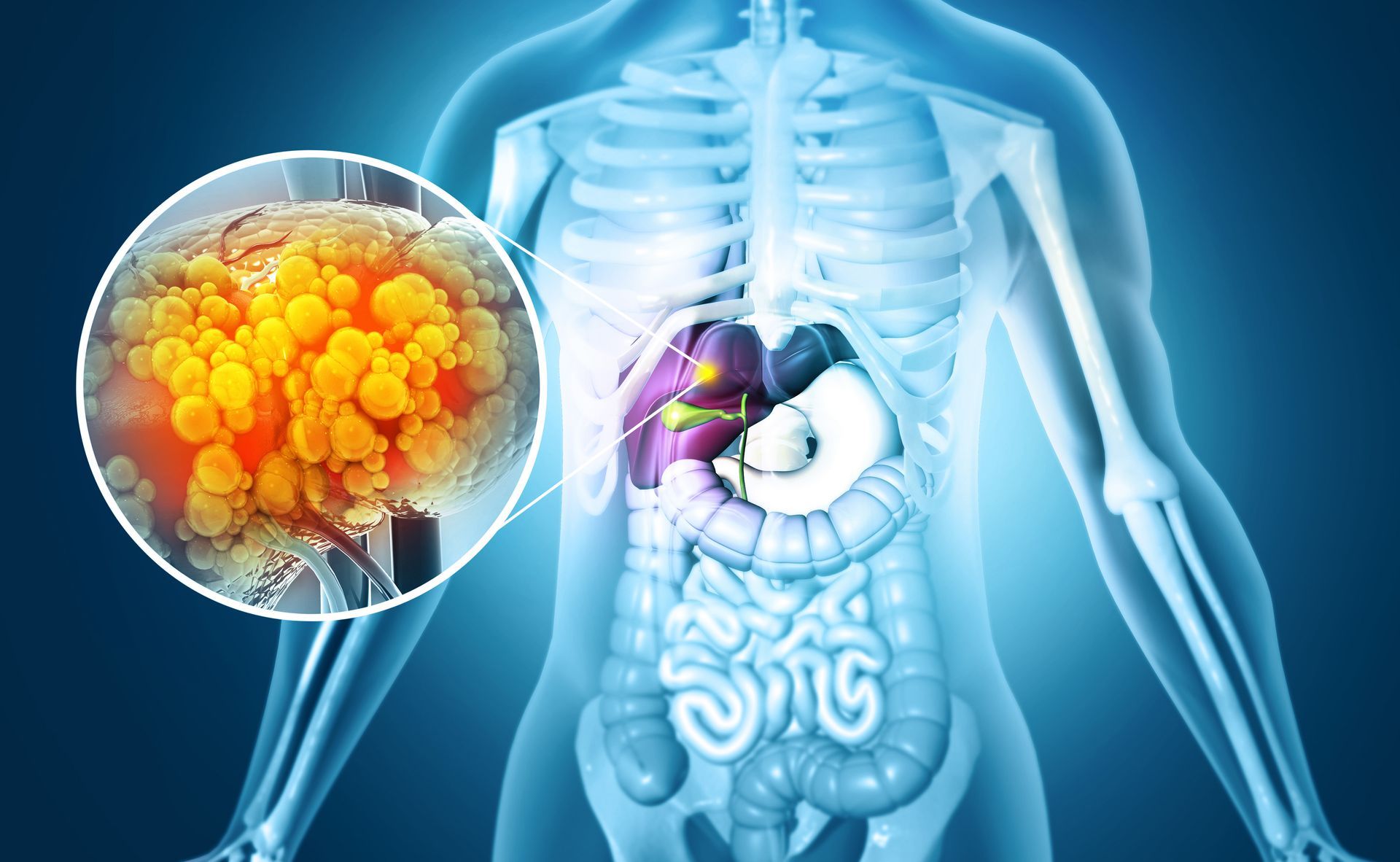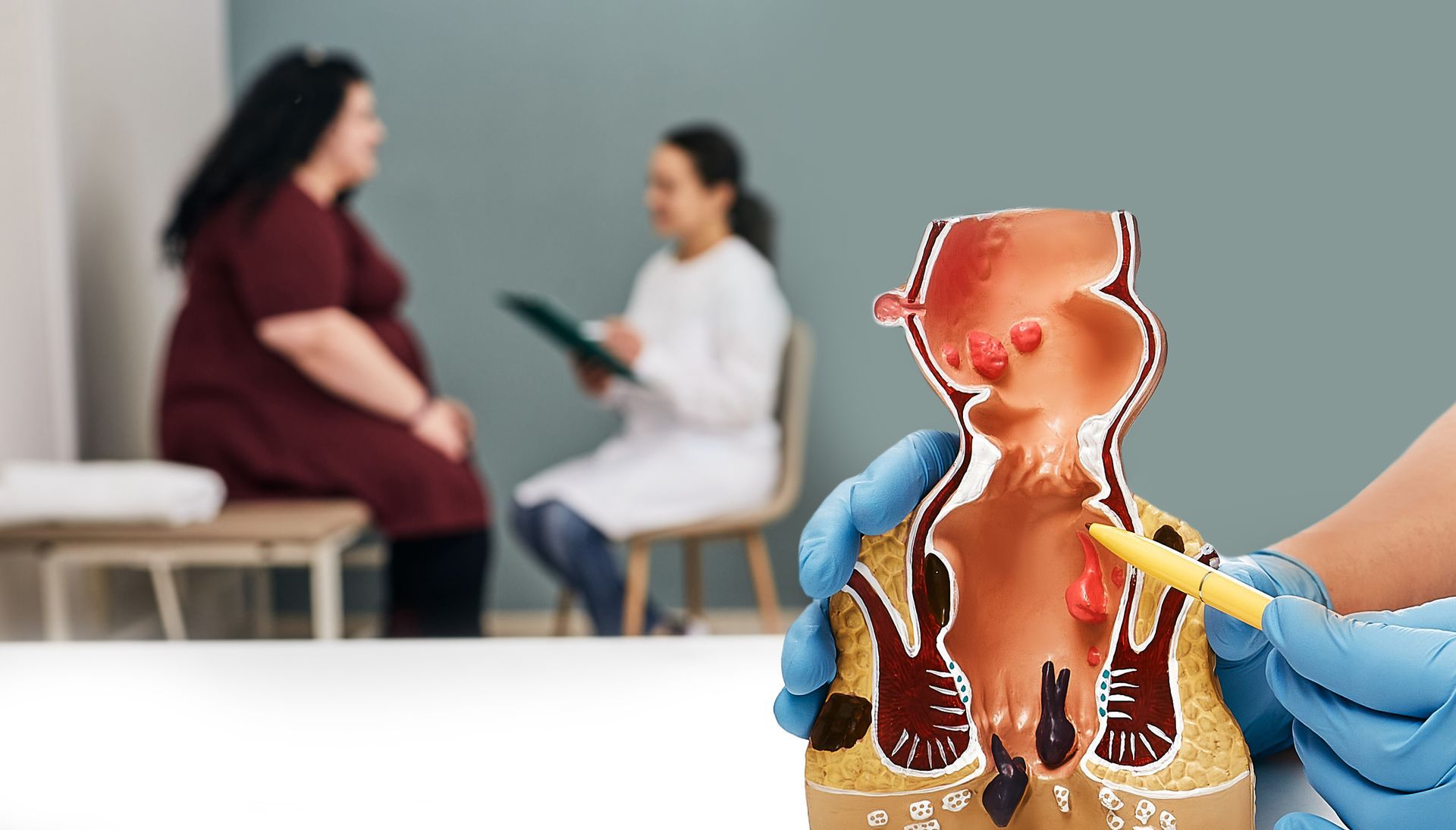Endoscopic Ultrasound (EUS): What is it, and How is it Used?
When you are experiencing digestive symptoms such as abdominal pain , nausea, vomiting, or bloating, determining the source of your discomfort can feel like searching for the proverbial needle in a haystack. After all, there are a wide range of conditions capable of producing such symptoms. Through physical examinations and various forms of diagnostic testing such as imaging tests or stool samples, your physician can ultimately narrow down the cause of your physical ailments. And, in some cases, they may also recommend undergoing an endoscopic ultrasound (EUS) in order to gain better insight.
What is an Endoscopic Ultrasound?
Ultrasounds use soundwaves to produce images from inside the body. Most are familiar with these in terms of obstetrics, where they are used to produce images of a fetus. However, they are used widely throughout all areas of medicine, including gastroenterology. An endoscope is a small, flexible tube with a light and camera attached. EUS combines these two for use within the upper digestive tract, producing far clearer and more detailed images of the organs than normal ultrasound alone.
Why is EUS Performed?
EUS can be used to evaluate and diagnose conditions affecting the lungs and digestive tract. In many cases, it is recommended following initial imaging tests that indicate a need for further evaluation. Some of the conditions commonly observed with EUS include:
- Pancreatitis
- Barrett’s esophagus
- Cancer of the esophagus, stomach, lungs, or stomach
- Pancreatic cysts
- Bile duct stones
What are the Benefits of EUS?
EUS allows physicians to gain high-quality ultrasound images of organs from very close proximity. Additionally, the procedure has benefits over other imaging tests as it does not expose patients to radiation or require the use of contrast dyes. However, perhaps the greatest benefit of EUS is that it allows for biopsies to be taken for further testing during the course of the procedure. These biopsies, commonly referred to as FNA (fine needle aspiration), give practitioners the opportunity to later analyze tissue samples, thereby allowing them to make the most accurate diagnosis possible and to develop the most effective course of treatment.
EUS in Florida
For patients along the Florida Panhandle, Alabama, and Georgia, Digestive Diseases Center has partnered with Dr. Rafael Ching Companioni to bring exclusive EUS services and a dedicated treatment facility to Bay County and beyond. If you are suffering from troublesome conditions involving the lungs or digestive system, ask your physician if EUS may be a good option for you, or contact our office directly to learn more.
CONTACT
850-763-5409
ADDRESSES
4 LOCATIONS
204 E 19th Street, B, Panama City
12216 Panama City Beach Pkwy, D, Panama City Beach
4295 3rd Ave, Marianna
101 Good Morning St., 109B, Port St. Joe
Subscribe to our newsletter:
subscribe to our newsletter
We will get back to you as soon as possible.
Please try again later.



